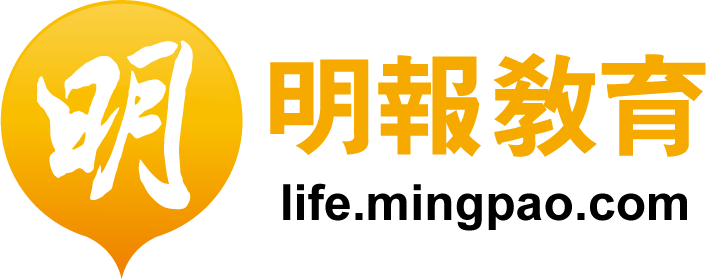This is the end of three articles on the different parts of The Ming Pao Book of Examples. This week I’ll cover what is at the back. Earlier I covered the front of the book and the main text.
Appendix
Glossary
Endnotes
Bibliography
Index
After the end of the main text of The Ming Pao Book of Examples there is the appendix. It has small chapters that provide useful additional material. For example: A story is set in a city. In the appendix the publisher provides a map of the city for readers not familiar with the place. In a scientific book it might contain charts of technical information useful to the reader.
In the appendix is a glossary. Like the List of abbreviations and acronyms it is needed to help the reader with unusual words. Most technical books use very special words, only found in their subject area. A glossary is a simplified dictionary. It only lists the words and meanings of unusual words found in that book. Unlike a proper dictionary, it has no pronunciation guide, parts of speech, quotations etc...
Many technical books, like The Ming Pao Book of Examples provide endnotes or footnotes. In the main text a number is put next to information that needs extra explanation and the endnotes are listed by number. Most commonly these are references that explain where the information came from. Footnotes are at the bottom of the same page in the main text and are used when there are only a few notes to be added. Instead of a number, footnotes most often used an asterisk. When there are many notes it would be messy to put them at the bottom of the page. Some pages might be dominated by footnotes. Instead all the notes are collected at the end of the book.
The Ming Pao Book of Examples also has a bibliography. In technical books it is common to list all the other books that we used as sources of information. Sometimes I have used a book only for its bibliography. I want to know how to get information, but not the writer’s explanation. Note: Copyright covers the writer’s explanation, not the actual information that is being explained.
At the end we find the index. Along with the table of contents, this is one of the most important parts of the book. It is a list of subjects in alphabetical order. Being able to use an index helps the reader find what they want or choose one book from another. It allows the reader to use the book like an encyclopaedia. Indexes are rare in works of fiction, but common in better technical books.
Glued on the back cover of our book is a piece of paper called errata. It is a list of corrections. Some books might call it a corrigenda (corrigendum for one error). It will be labelled with title, author, ISBN number and a list of errors.
Example:
p. 346, line 8: for no read low amounts of
The writer had claimed that a food contains no chemical X, but later experimental work shows that there is a little of it. Why would the writer of a book do this extra work to show that their book has an error? Errata are more often found in advanced technical books, where current research may rapidly change what is known.
On the back cover is the International Standard Book Number (ISBN). It's a code used by publishers, book stores and libraries to organise books and shipping. The Ming Pao Book of Examples has no ISBN number because it is just a made up example.
Related Articles: John Larrysson Column: Parts of a Book (2 of 3)
John Larrysson Column: Parts of a Book (1 of 3)
by John Larrysson
A native English speaker who has been teaching practical English in Hong Kong for more than a decade.




